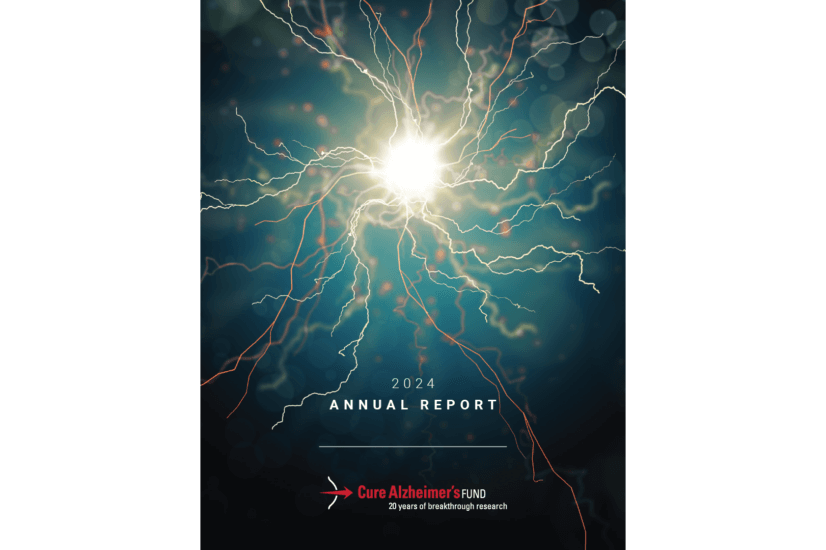On Feb. 22, 2012, the Department of Health and Human Services issued the first “Draft National Plan to Address Alzheimer’s Disease.” The plan is mandated by the National Alzheimer’s Project Act (NAPA), bipartisan legislation signed into law in January 2011 by President Obama. NAPA’s goals are to:
Create and maintain an integrated national plan to overcome Alzheimer’s disease which will:
-
Coordinate Alzheimer’s disease research and services across all federal agencies;
-
Accelerate the development of treatments that would prevent, halt or reverse the course of Alzheimer’s disease;
-
Improve early diagnosis and coordination of care and treatment of Alzheimer’s disease;
-
Improve outcomes for ethnic and racial minority populations that are at higher risk for Alzheimer’s disease; and
-
Coordinate with international bodies to fight Alzheimer’s globally.
Also important to note is the public-private nature of this effort–it is NOT a government plan as the plan itself forcefully indicates:
“This is a National Plan and not a federal plan. It will require the active engagement of public and private sector stakeholders to achieve. In the case of many of the long-range goals, the path forward will be contingent on resources, scientific progress, and focused collaborations across many partners.”
Cure Alzheimer’s Fund has been working independently and with other Alzheimer’s organizations in Leaders Against Alzheimer’s Disease to support the development of this plan with emphasis on research. We have been honored to have been part of the process that has led to this first national plan for Alzheimer’s disease and have been invited to participate in briefings for the White House, Health and Human Services (HHS) and Congress.
The administration also has just helped to reinforce the importance of this effort by announcing an immediate increase in research spending by HHS for Alzheimer’s research and by including increases for Alzheimer’s research and care in the president’s budget.
While this is only the first draft of the plan, and while it can and will certainly be improved within the next several months of vetting by a wide range of people in the Alzheimer’s community, several aspects of this draft plan deserve special recognition from Cure Alzheimer’s Fund:
1. The plan sets a goal of “effectively treating Alzheimer’s by 2025.”
This is a courageous and aspirational objective–the Alzheimer’s world’s version of the “moon shot.” We don’t know if there will be “effective treatment” by 2020 or 2025, but we think such a date injects the appropriate urgency and priority to the enterprise and we applaud it.
2. There is a heavy emphasis in the research section of the plan on genetics:
“NIH will undertake a new initiative to conduct whole genome sequencing to identify areas of genetic variation that correspond to increased risk (risk factors) or decreased risk (protective factors) of AD. This research is expected to yield novel targets for drug development, provide improved diagnostics for screening and disease monitoring, and ultimately help define strategies for disease prevention.”
This is exactly what Cure Alzheimer’s has been doing through the Alzheimer’s Genome Project™ (AGP) based mostly at Massachusetts General Hospital under Dr. Rudy Tanzi’s direction. In fact, using the powerful family-base method for Genome Wide Association Screening (GWAS), Tanzi’s team has been able to identify more than 100 new Alzheimer’s candidate genes for study to determine which ones have the most impact on Alzheimer’s pathology and which of those are most amenable to drug treatment.
Cure Alzheimer’s Fund and others have worked very hard to elevate the importance a) of research in general in the plan and b) of more resources for genetic studies in particular. As we have emphasized, we cannot find the cure without understanding the cause, and the cause starts with genetics.
In addition to the critical goal of more and better genetic study, the plan also designates other research priorities in which Cure Alzheimer’s Fund has been supporting breakthrough research since inception. Cure Alzheimer’s Fund support has contributed to a better understanding of the basic biological underpinnings of the disease, and we welcome the plan’s support of that approach as it specifically says:
“Expand research to identify the molecular and cellular mechanisms underlying Alzheimer’s disease, and translate this information into potential targets for intervention.”
3. There is a welcome inclusion of other goals and milestones to be achieved in this plan and specific attention to immediate help for patients and caregivers as more effective therapies are developed. This is a comprehensive and businesslike approach to a huge problem for the United States and other countries that has gone too long under-recognized.
There is still much work to be done. But this first major step is most welcomed by Cure Alzheimer’s Fund and other Alzheimer’s research and care organizations. We will continue to work with the administration, Congress and other Alzheimer’s organizations toward a stronger, better funded and even more focused plan for defeating Alzheimer’s.







